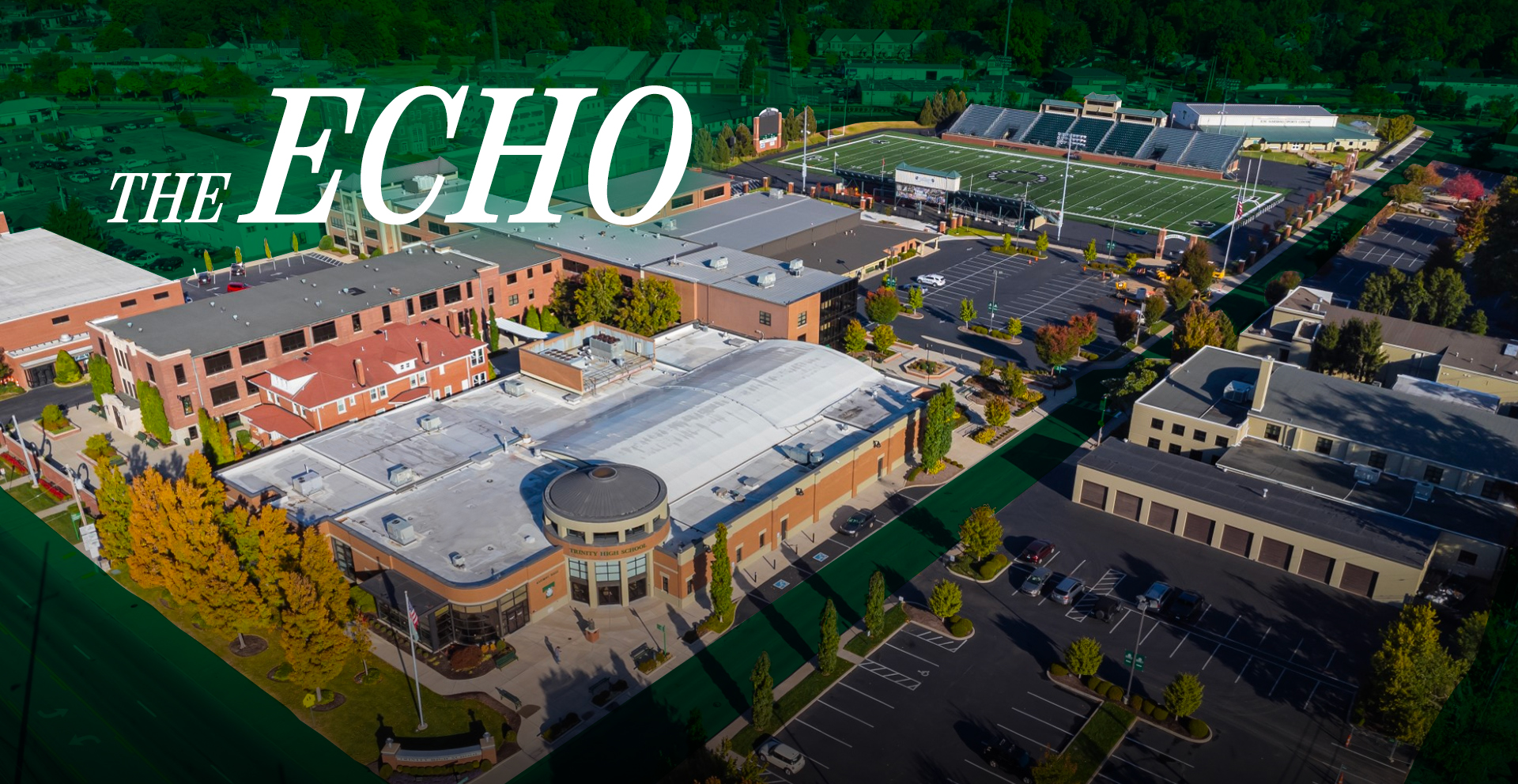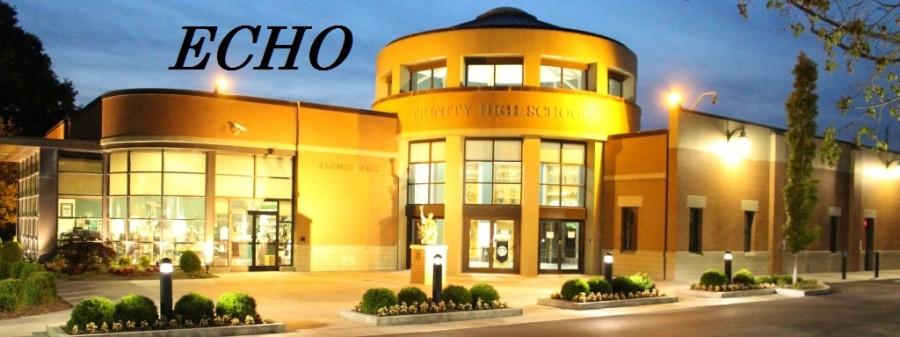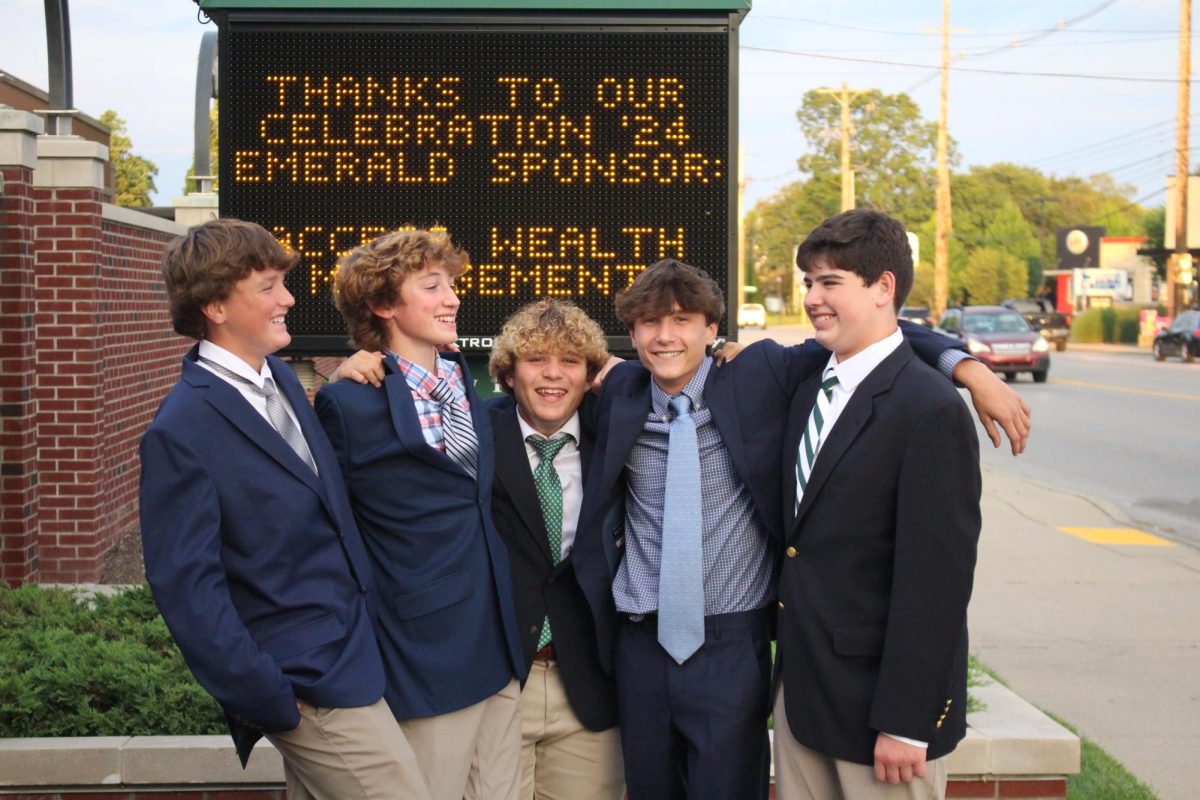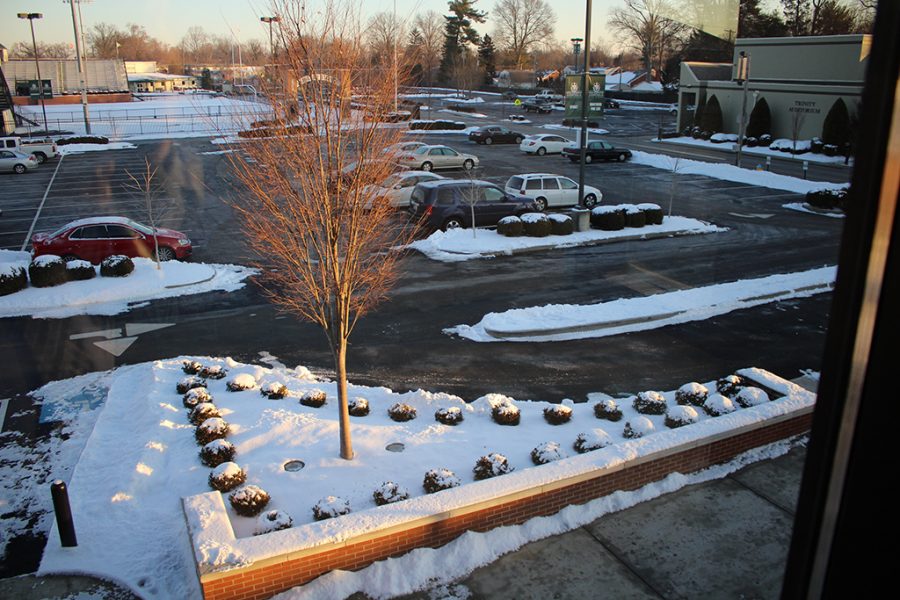“If we can win a state championship, it would be cool to leave our legacy.” Those were the words of Sumner Franklin, a midfielder for Trinity’s lacrosse team, when asked about being the first team to play on the new replacement turf in Marshall Stadium, being installed during December and January. The school first chose turf over Bermuda grass in 2005, when the reality of almost no field maintenance and safer conditions for players made it a logical switch. Aspects of the turf need to be replaced every eight to 10 years to get continued benefits. “The benefits go beyond just athletics. The artificial surface allows us to use the area every day. PE classes, intramurals, House events, Senior Field Day, team practices and games are all possible without worry about damaging the turf,” Trinity President Dr. Rob Mullen said. “This was not the case when we had a grass-only field. We rarely used it for anything other than games. One good rainfall followed by a game ruined the field for that season.” After serving its purpose for eight years, it was clear that the field needed to be replaced after extensive daily use. The wear and tear could even be seen by spectators in the stands. “The old field had a lot more black rubber flying around,” Franklin said. The Trinity Foundation invited donors to support the turf replacement project in a pamphlet sent home to families over the summer. Alumni and other school supporters were offered the opportunity to become a member of the Trinity Turf Club for a gift of $250. “It is safe to say the replacement of the turf is a fraction of the cost to put it in the first time,” Mullen said. “The major costs in building these fields happens the first time because of grading work, installing drainage pipes, and building up the gravel base.” Other incentives offered to supporters included the chance to buy a piece of the old turf. A $500 gift gave a donor a 4-feet-by-5-feet section of the field. Two donors were given the limited time chance to purchase the two white Power Ts on the field that are used for kick-offs, each costing $1,500. The benefits of the turf field are incomparable, according to those who use it daily. “It prevents injuries and definitely makes you faster because your cleats can grip the field, and you don’t slip as easy,” wide receiver C.J. Ott said. For the lacrosse team, it makes certain components of the game easier than a grass field. “It helps get ground balls,” Franklin said. “I also think there is less chance to slip when dodging, because you can keep your footing.” Some may question why the rubber is placed in the artificial grass, but athletes say it does serve a purpose. According to Franklin, it prevents injuries, as the rubber absorbs a lot of energy. He said, “The rubber especially helps if you fall, because you bounce more.” Trinity’s practice field, mainly used by the football team for more space when all three levels are practicing, is located on Sears Avenue. It is real grass, and players notice the difference from turf. “Usually on the practice field, it’s uncomfortable to play on. As receivers, we slip a lot on the grass,” wide receiver Andrew Chandler said. “It assures you there’s nothing in the grass like rocks that could cause silly injuries.” He added that it is also more comfortable when falling, because “you are not as itchy when you land on the turf.” Other benefits of the turf field for the maintenance staff include draining capabilities to get rid of puddles during large amounts of rain. The field will surely get proper use, said Mullen. “We want all of our facilities to be cost effective, attractive, durable and of service to our students.”
Categories:
Turf replacement under way in Marshall Stadium
January 29, 2013
0



